Discover free, ready-to-use commercial lease agreement templates that make renting business space simple, professional, and stress-free.
Commercial leases can be tricky, but we simplify the process. Our library has flexible templates for offices, stores, and factories, allowing you to customize them to fit your needs.
We also provide practical support with step-by-step guides, legal tips, and negotiation advice. Clear and accessible leasing resources for everyone, no experience needed.
Download your perfect lease agreement from our collection of customizable MS Word templates. Enhance your agreement with insights and negotiation tips from our legal guidance section.
Visit our website regularly to stay updated on market trends and share our resources with your network. We welcome your feedback. Start your leasing journey with confidence today!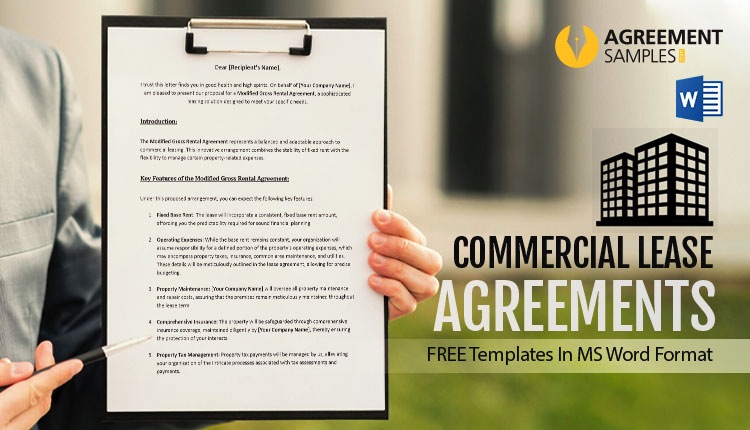
A commercial lease agreement is simply a written contract between a landlord and a business that wants to rent space. Instead of covering a home or apartment, it applies to places like offices, shops, warehouses, or restaurants.
The agreement spells out the basics—how long the lease lasts, how much rent will be paid, what the space can be used for, and who is responsible for things like repairs and utilities.
In short, it’s there to protect both sides: the landlord knows their property will be used properly and rent will come in on time, while the tenant has the peace of mind of a clear, legal right to run their business in the space.
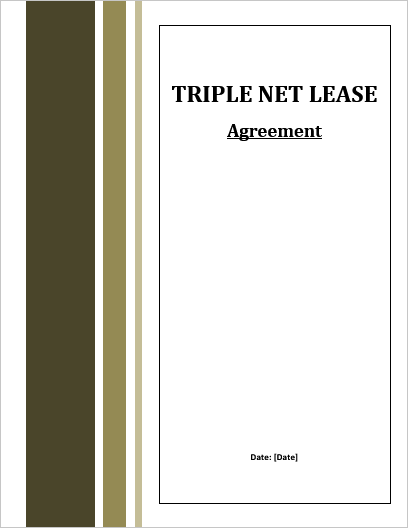
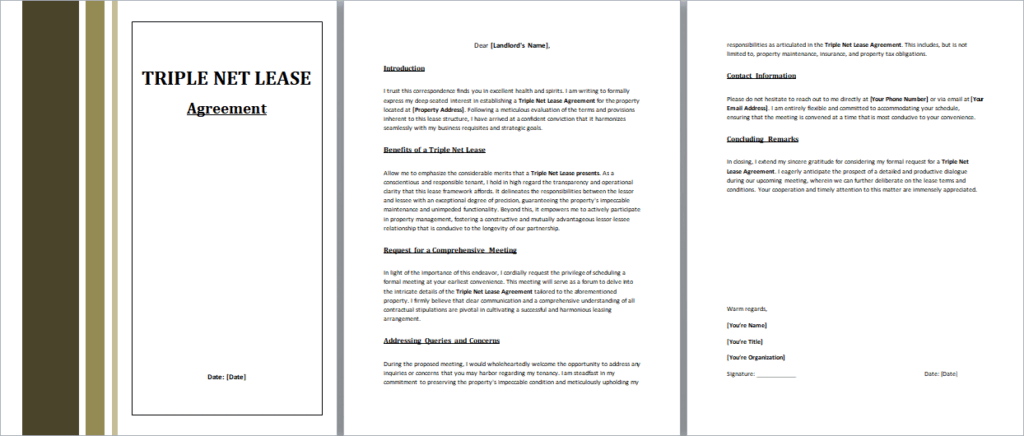
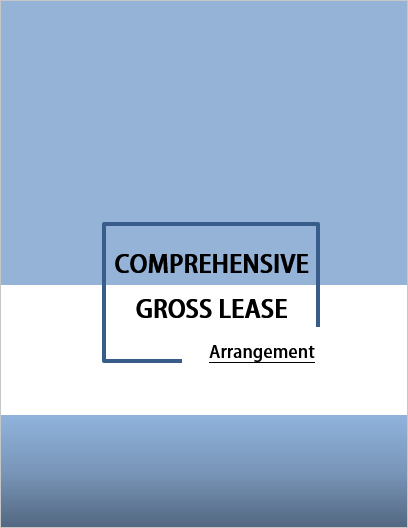
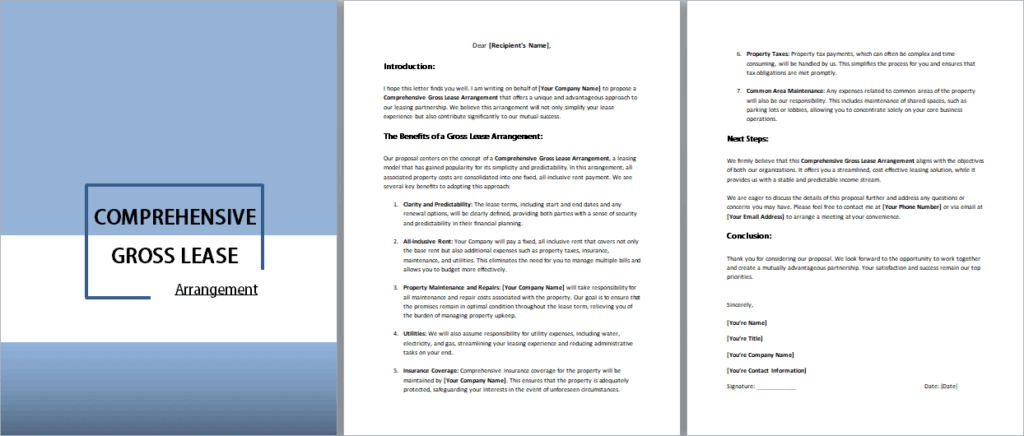
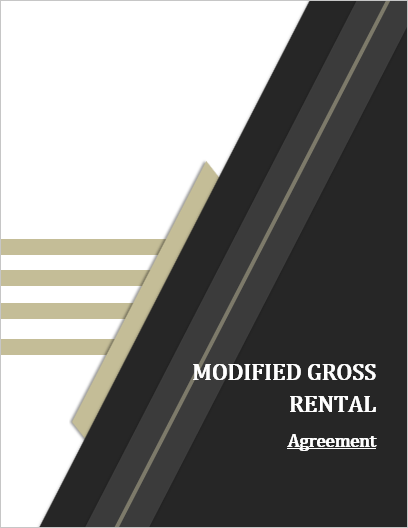
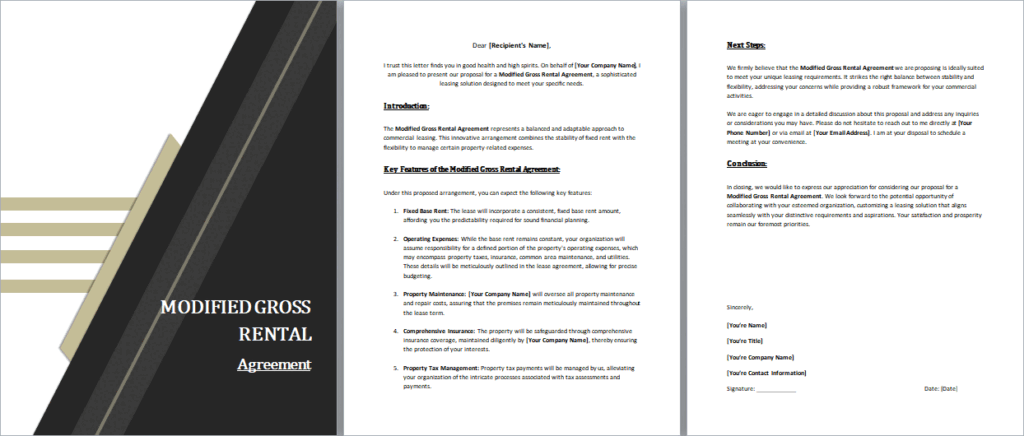
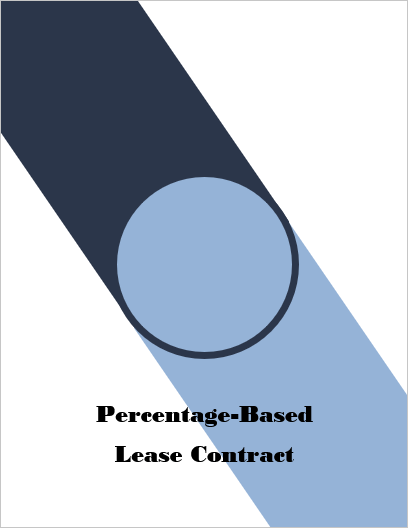
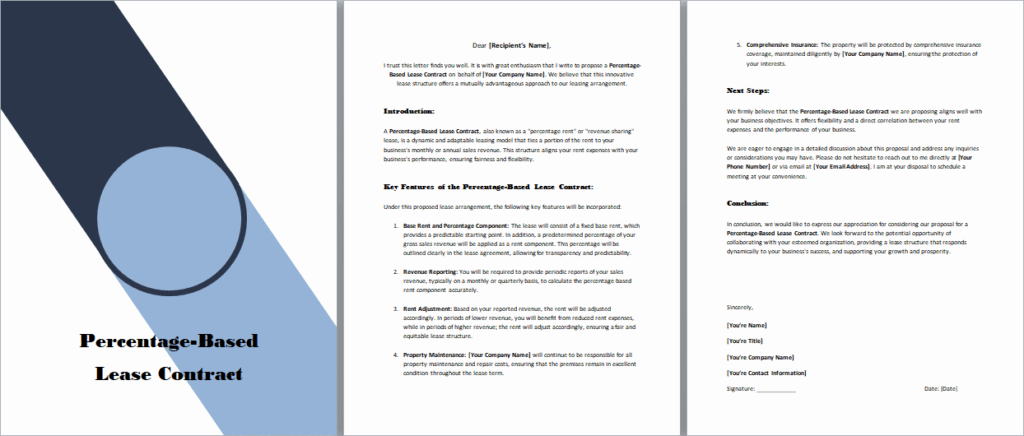
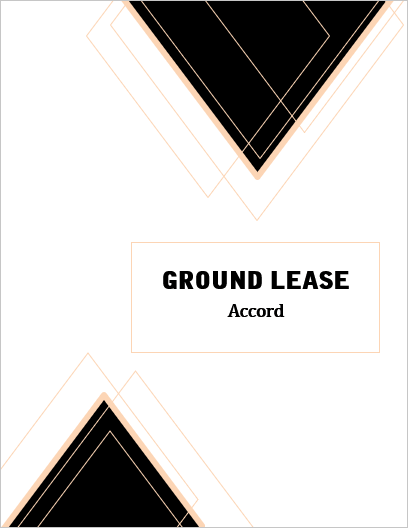

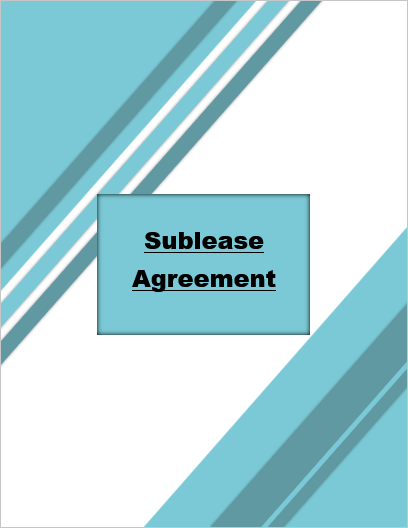
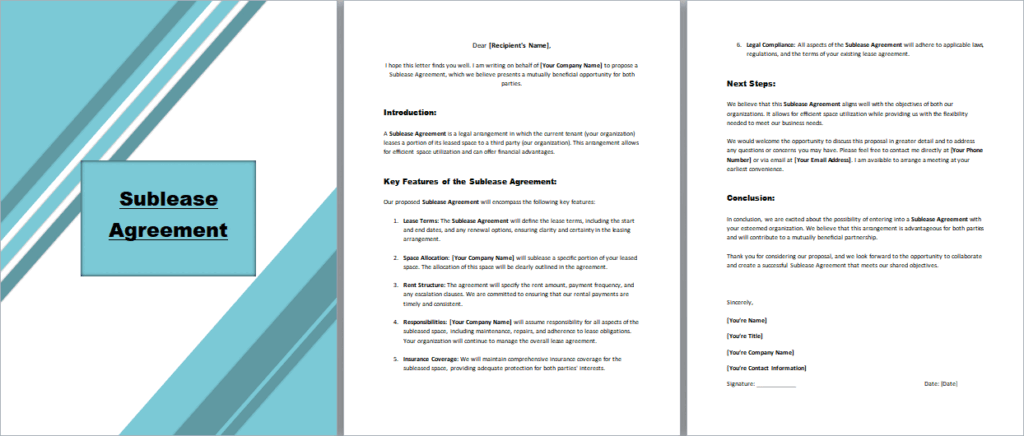
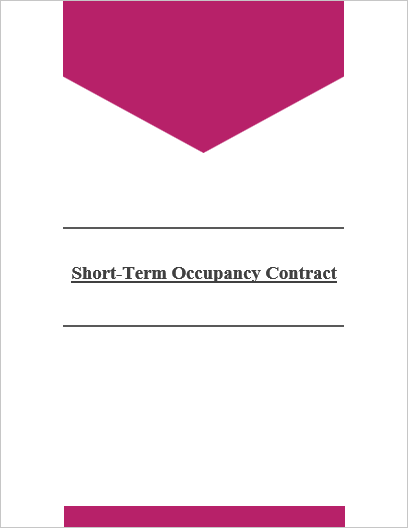

When drafting or reviewing a commercial lease, certain clauses are essential to avoid future disputes and make responsibilities clear for both landlord and tenant. The most important ones include:
Including these clauses ensures both parties know their rights and obligations, reducing the risk of misunderstandings later on.
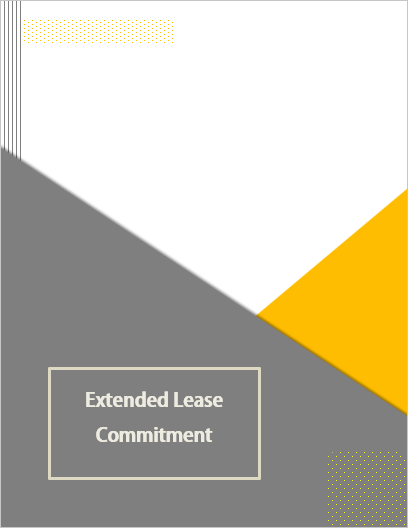

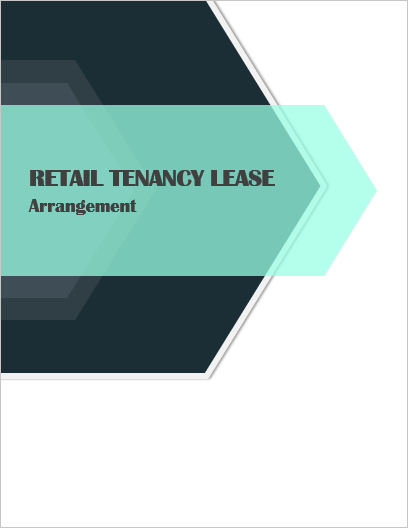
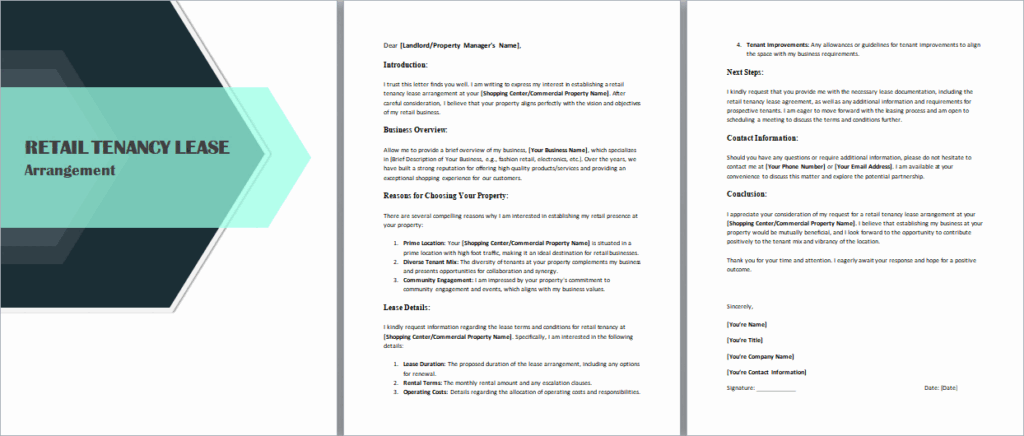
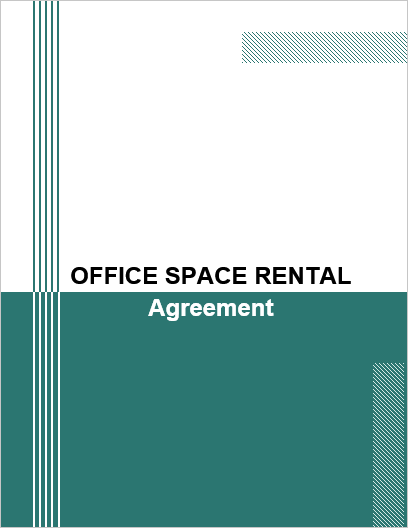
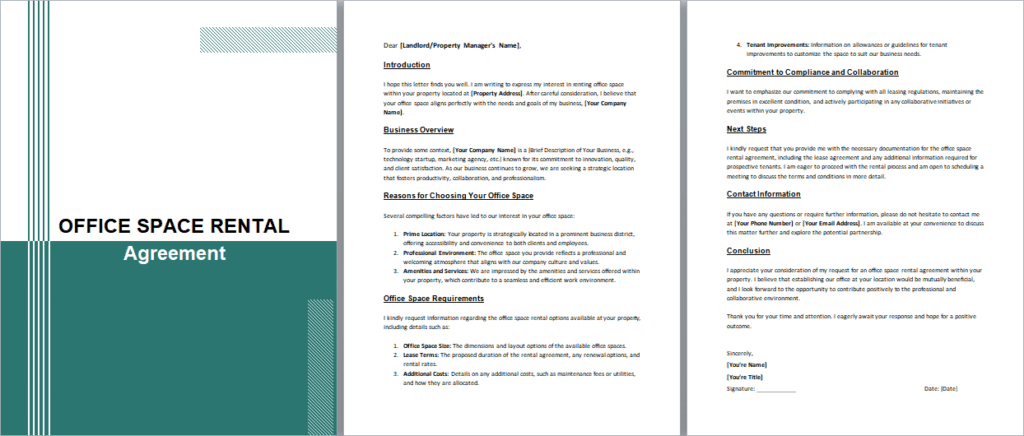
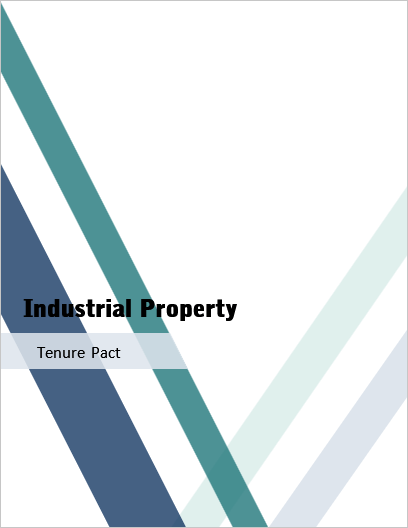

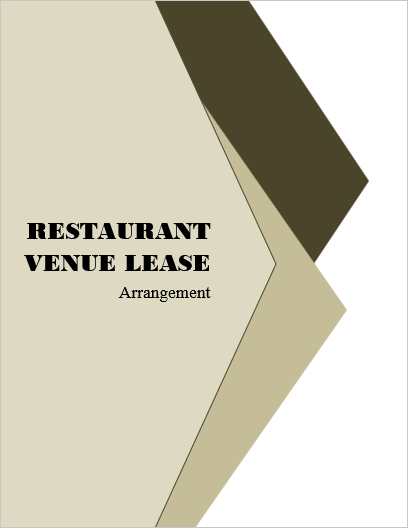
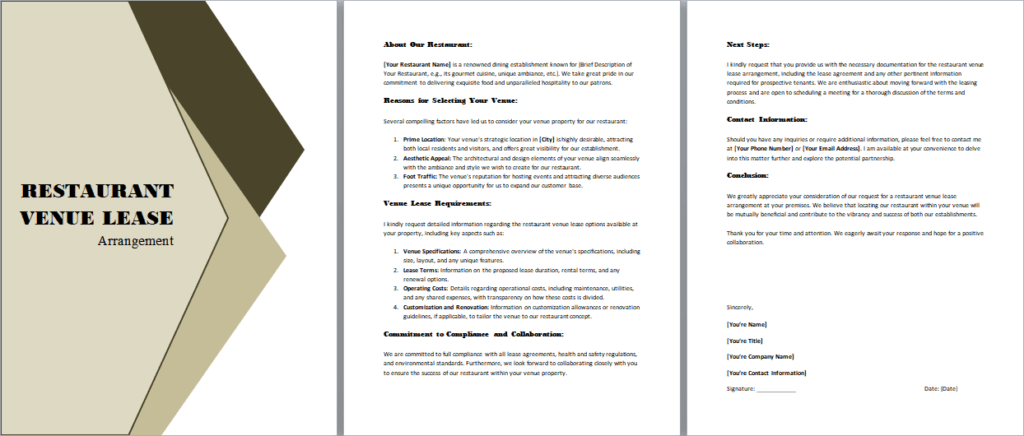
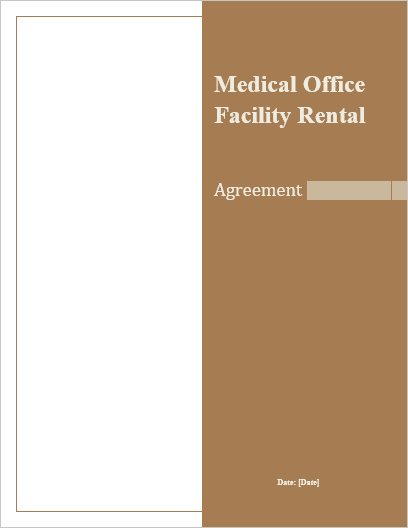

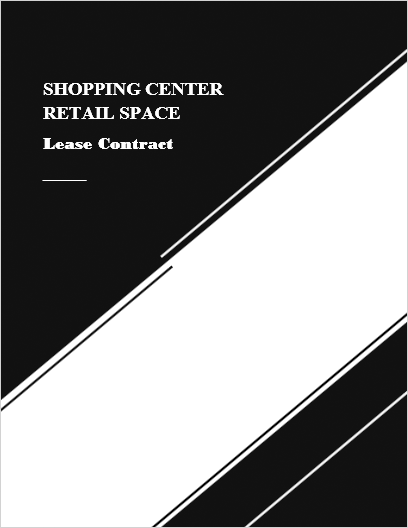
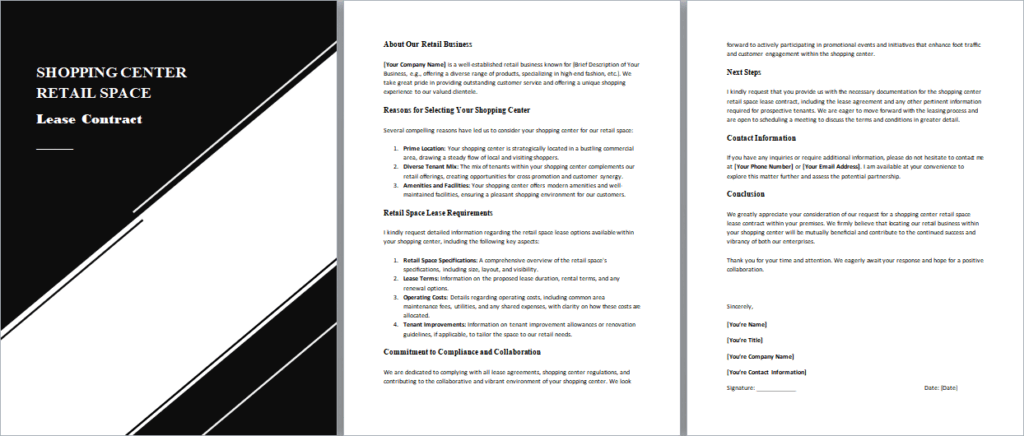
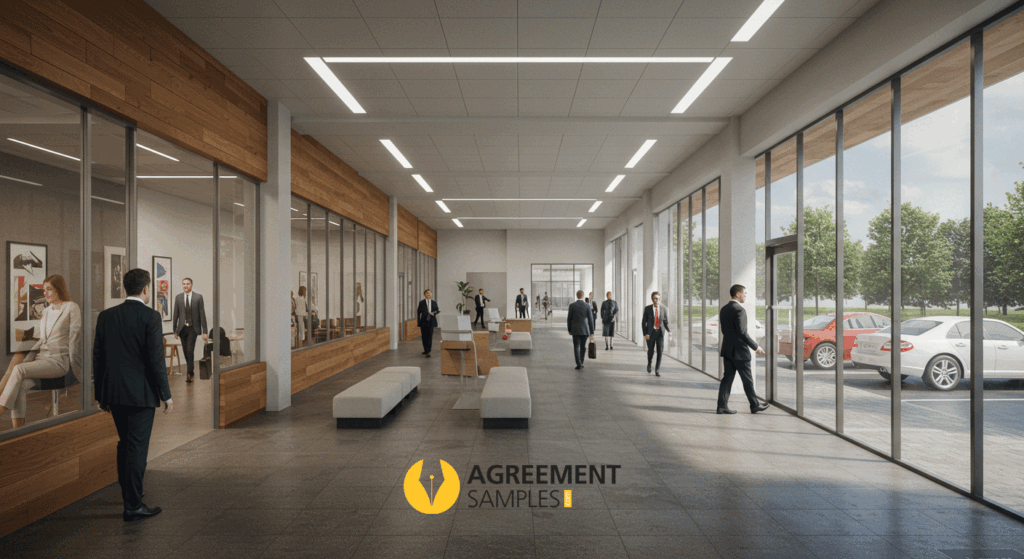
These points ensure a clear understanding of common area usage and maintenance for both tenants and landlords.

Creating a commercial lease agreement from the ground up can be time-consuming and risky, especially if you’re not familiar with legal language. Using a professionally designed template offers several advantages:
In short, templates give landlords and tenants a reliable foundation, while still leaving room for personalization and negotiation.
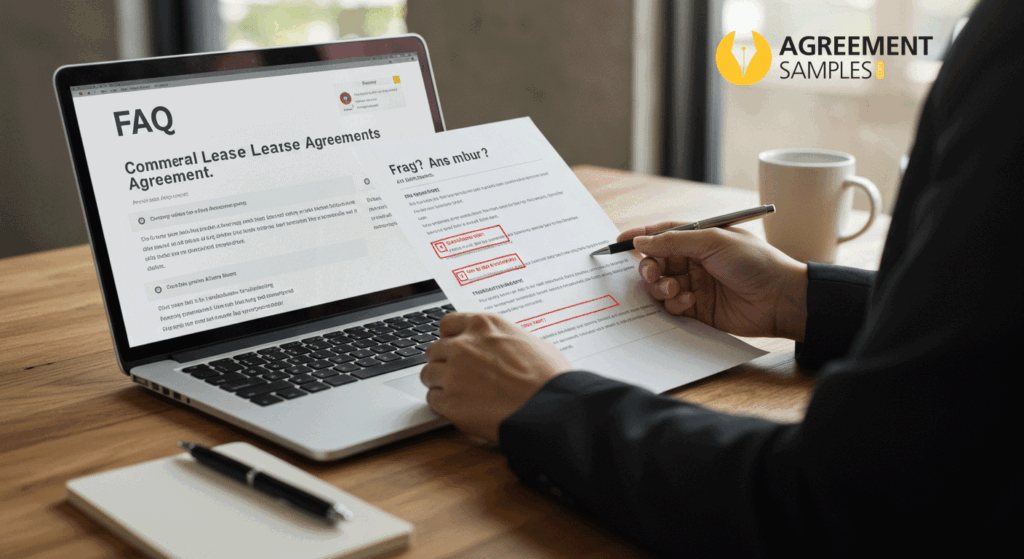
A commercial lease agreement is used when a business rents property, such as an office, retail shop, or warehouse, from a landlord. It sets the rules for rent, lease duration, and responsibilities.
Most commercial leases last 3 to 5 years, but they can be shorter or longer depending on the landlord and tenant’s needs. Some agreements also allow renewal after the initial term.
A residential lease covers homes and apartments for living, while a commercial lease is specifically for business use. Commercial leases usually involve longer terms, higher rent, and more negotiable conditions.
Yes, but only if the lease agreement allows it. Many contracts require the landlord’s written approval before the tenant can sublease to another business.
Templates save time, ensure key legal terms are included, and are easy to customize. They provide a strong starting point compared to drafting a lease from scratch.
← Previous Article
15+ One-Way NDA Templates to Protect Your Secrets